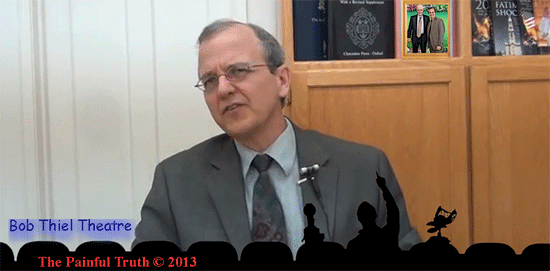
From The Future of an Illusion (1927)
-by Sigmund Freud
Freud gives a psychological account for why religious ideas emerged and why they are so attractive to so many people
Religion as projection of father figure
Religion as wish fulfillment
Freud hoped civilization (and people) would outgrow its need for religion
Nature a threat that civilization inadequately responds to
By personalizing, humanizing nature, we make it less threatening (and rob it of its power) by making it the kind of thing we can influence
Religion also provides comfort for the evils of civilization
Content of religious ideas shows it clearly as wish fulfillment
Religion as illusion
Practical argument for religion is lame
Freud on what counts as religious
Chapter IV
… My work is a good example of the strict isolation of the particular contribution which psycho-analytic discussion can make to the solution of the problem of religion. … It is, of course, my duty to point out the connecting links …, between the deeper and the manifest motives, between the father-complex and man’s helplessness and need for protection.
These connections are not hard to find. They consist in the relation of the child’s helplessness to the helplessness of the adult which continues it. So that, as was to be expected, the motives for the formation of the religion which psycho-analysis revealed now turn out to be the same as the infantile contribution to the manifest motives. Let us transport ourselves in the mental life of a child. You remember the choice of object according to the anaclitic [attachment] type, which psycho-analysis talks of? The libido there follows the paths of narcissistic needs and attaches itself to the objects which ensure the satisfaction of those needs. In this way the mother, who satisfies the child hunger, becomes its first love-object and certainly also its first protection against all the undefined dangers which threaten it in the external world — its first protection against anxiety, we may say.
In this function [of protection] the mother is soon replaced by the stronger father, who retains that position for the rest of childhood. But the child’s attitude to its father is coloured by a peculiar ambivalence. The father himself constitutes a danger for the child, perhaps because of its earlier relation to its mother. Thus it fears him no less than it longs for him and admires him. The indications of this ambivalence in the attitude to the father are deeply imprinted in every religion, as was shown in Totem and Taboo. When the growing individual finds that he is destined to remain a child for ever, that he can never do without protection against strange powers, he lends those powers the features belonging to the figure of his father; he creates for himself the gods whom he dreads, whom he seeks to propitiate, and whom he nevertheless entrusts with his own protection. Thus his longing for a father is a motive identical with his need for protection against the consequences of his human weakness. The defense against childish helplessness is what lends its characteristic features to the adult’s reaction to the helplessness which he has to acknowledge — a reaction which is precisely the formation of religion. But it is not my intention to enquire any further into the development of the idea of God; what we are concerned with here is the finished body of religious ideas as it is transmitted by civilization to the individual.
httpv://www.youtube.com/watch?v=6O1xn0mm0sM
